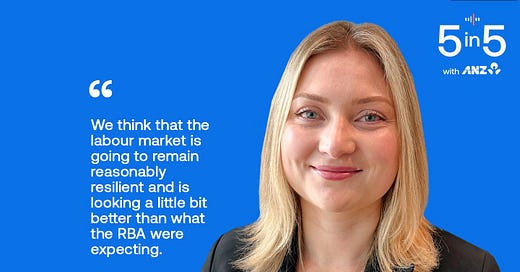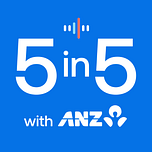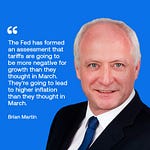The Bank of England holds rates; Oil swings as President Trump gives himself two weeks to decide on the Middle East conflict. Australia’s job market remains resilient. New Zealand’s growth passes expectations. The Philippines cuts rates.
In our deep dive interview, ANZ Head of FX Research Mahjabeen Zaman explains how the US dollar is facing further downside risk this year as it loses some safe-haven status.
5 things to know in 5 minutes:
Oil swung overnight as an intensifying Middle East conflict was tempered by President Trump saying he’ll take two weeks to decide whether the US will target Iran. Meanwhile the Bank of England held rates at 4.25% in a 6-3 vote. ANZ Economist Bansi Madhavani expects three rate cuts over the rest of the year.
Australia’s unemployment rate remained at 4.1% as expected in May. That came as employment dropped by 2,000, although the number of people classed as unemployed also fell 3,000. ANZ Economist Maddy Dunk says the jobs market is holding up better than the RBA expected in May.
Maddy says ANZ Research’s labour market indicator suggests only a slight lift in the unemployment rate from here.
New Zealand’s Q1 GDP beat market and Reserve Bank expectations, rising 0.8%. That was stronger than in December, which was revised down to 0.5%. ANZ Senior Economist Matthew Galt says the RBNZ will have to balance that against already soft Q2 indicators.
The Philippines central bank - the BSP - cut rates as expected by 25 basis points to 5.25%. ANZ Economist Arindam Chakraborty says a key focus now is on the nation’s weakening currency amid an easing cycle.
Cheers,
Alex (standing in for Bernard).
PS: Catch you next week with a review of key China loan rate decisions.













